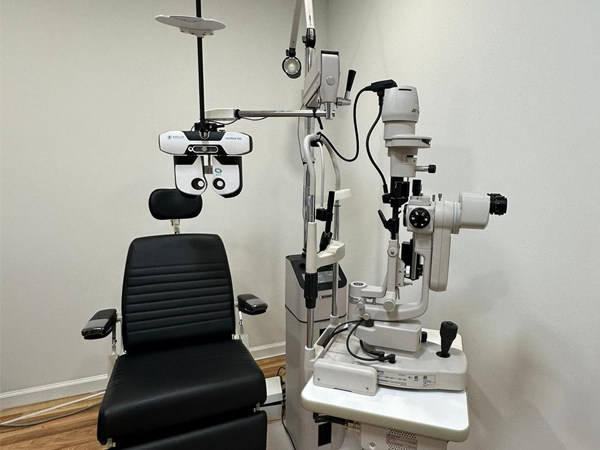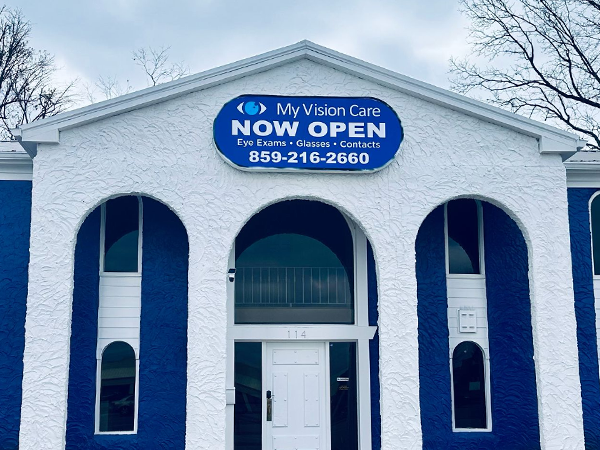Macular Degeneration

Macular Degeneration: Understanding the Condition
Macular degeneration, often known as age-related macular degeneration (AMD), is a leading cause of vision loss, particularly in developed countries. It impacts over 10 million individuals in the U.S. alone, predominantly affecting those over 60 years old, although younger individuals can also be affected. This condition is painless and typically impacts both eyes, leading to a gradual loss of central vision. While it severely affects the ability to see directly ahead, it does not impair peripheral vision, so it does not result in complete blindness.
What Is the Macula?
The macula is a small but vital area located at the center of the retina. It is responsible for our central vision, allowing us to see fine details with clarity. This region plays a key role in tasks such as reading, recognizing faces, and distinguishing colors. Its high concentration of photoreceptor cells makes it essential for sharp, focused vision directly in our line of sight.

Macular Degeneration
Macular Degeneration: Overview and Management
Macular degeneration, a major cause of vision loss, typically affects those over 60. It leads to symptoms such as distorted lines, dark central spots, color fading, blurred vision, and brightness sensitivity.
While the cause is unclear, risk factors include age, family history, and smoking. Reducing risk involves quitting smoking, eating a balanced diet, moderating alcohol, staying active, and maintaining a healthy weight. Leafy greens might help slow vision loss in dry AMD.
There is no cure, but treatments for dry AMD focus on maximizing remaining vision with aids like magnifying glasses. Wet AMD can be managed with medication to prevent abnormal blood vessel growth and, in some cases, laser therapy. Consult your eye care specialist for the best options.
Frequently Asked Questions
1. What is macular degeneration?
Macular degeneration is an eye condition that leads to the deterioration of the central part of the retina, affecting detailed vision.
2. What are the symptoms of macular degeneration?
Symptoms include distorted lines, dark spots in central vision, color fading, blurred vision, objects appearing to change shape, and brightness sensitivity.
3. Who is at risk of developing macular degeneration?
Those over 60, individuals with a family history of the condition, and smokers are at higher risk.
4. Can lifestyle changes reduce the risk of macular degeneration?
Yes, quitting smoking, eating a balanced diet, moderating alcohol consumption, staying active, and maintaining a healthy weight can help reduce risk.
5. Is there a cure for macular degeneration?
There is currently no cure, but treatments are available to manage the condition and slow its progression.
6. What are the treatment options for dry AMD?
Treatment for dry AMD focuses on maximizing remaining vision using aids like magnifying glasses.
7. How is wet AMD treated?
Wet AMD can be managed with anti-vascular endothelial growth factor medication to prevent abnormal blood vessel growth and sometimes laser therapy.
8. What should I do if I experience symptoms of macular degeneration?
If you experience symptoms, it is important to consult with your eye care specialist for an accurate diagnosis and appropriate treatment plan.




